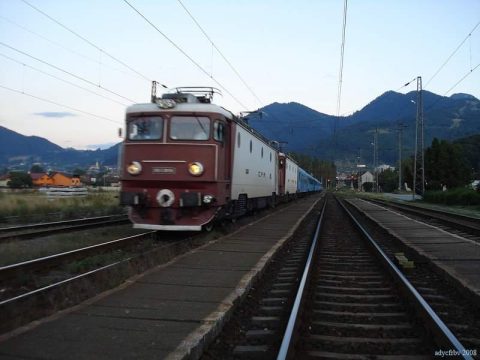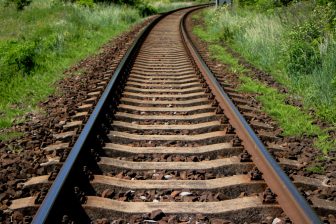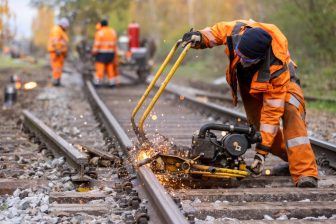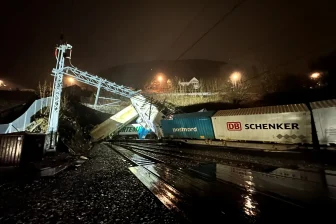
Romania to study first high-speed railway and revamp rail infrastructure
source: CFR Romanian Railways
Making use of the European funds to recover after the pandemic, Romania aims to improve rail infrastructure in order to eliminate speed bottlenecks. It will also launch a feasibility study for the country’s first high-speed railway. Lastly, sustainable rolling stock with ETCS signalling on board will be acquired. What do these plans look like exactly?
Want to read more?
You have read all of your free premium articles for this month. Please become a subscriber to keep reading.
Subscribe now!
Take advantage of our exclusive offer to get full access to all premium content.




I wonder if Konstanza (pop. 284,000) warrants a high speed line. At least the terrain is flat and simple.
A Bukarest to Odessa line with a remodeled branch to Konstanza slit off south of Slobozia would be more ambitious.
The Black Sea is the most important tourist area including in Bulgaria
Trains will be full